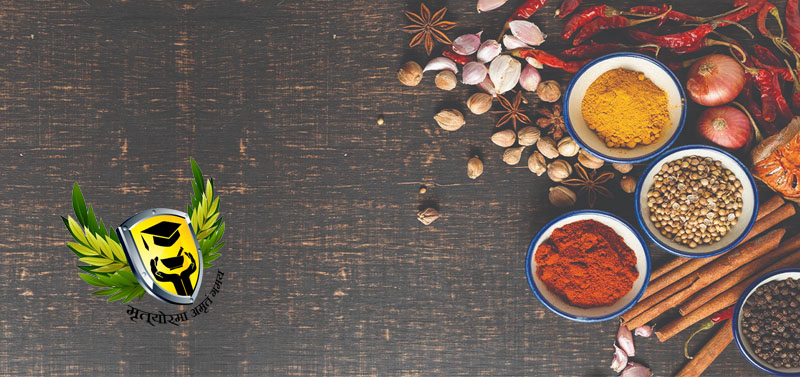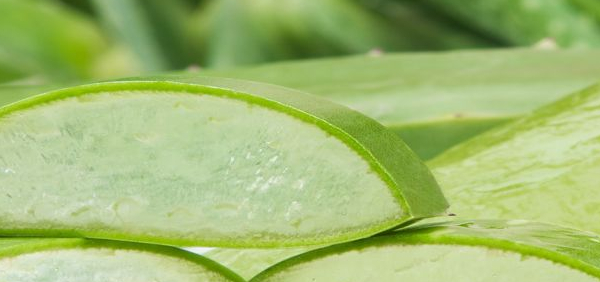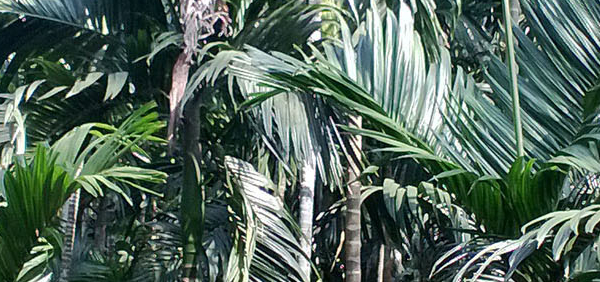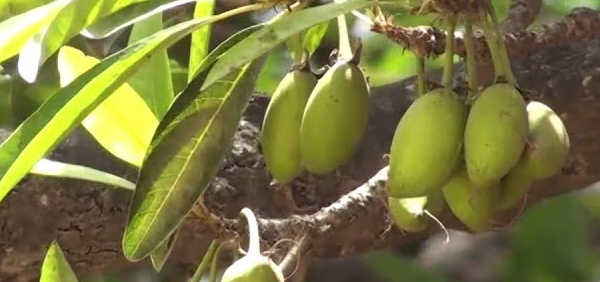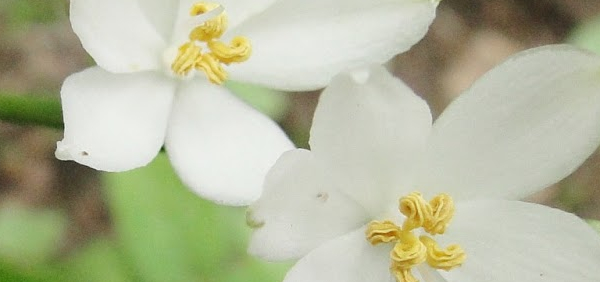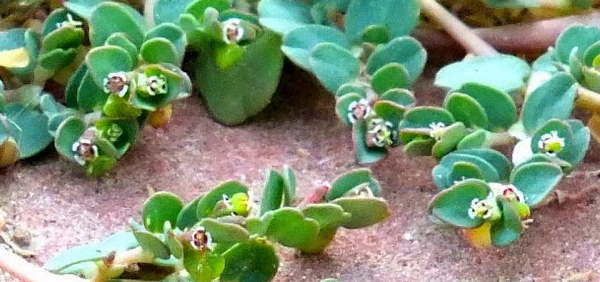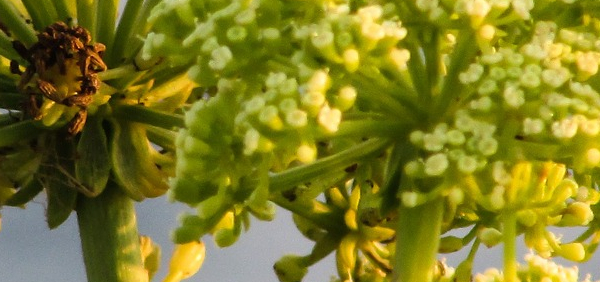munja :
 Saccharum arundinaceum, commonly known as hardy sugar cane, is a grass native to India in South Asia.
Saccharum arundinaceum, commonly known as hardy sugar cane, is a grass native to India in South Asia.Taxonomical Classification
Kingdom: Plantae - Plants
Superdivision: Spermatophyta - Seed plants
Division: Magnoliophyta - Flowering plants
Family: Poaceae
Genus: Saccharum
Species: Saccharum arundinaceum
VERNACULAR NAMES
Sanskrit: MunjahEnglish: devil sugarcane, reedy sugarcane
Telugu: Adavicheruku
Tamil: நாணல் − nāṇal.
Malayalam: Mekhapullu,Ambottal,Amadarbha,Munjapullu,Naim-kana
Kannada: Kadukabba
Assamese: মেগেলা কুঁহিয়াৰ − meghela kuhiyaar
Japanese: Yoshi suzuki
Chinese: 斑茅 ban mao
Sinhalese: Rambuk
Definition
In the Assamese language it is known as মেগেলা কুঁহিয়াৰ − meghela kuhiyaar, with the word kuhiyaar meaning sugarcane.Synonyms
Synonyms in Ayurveda: munja, kshura, sthula darbha, banahva, brahma mekhalaCharuka, Shara, Munja, Ekshuraka
Rasa: Madhura Tikta
Guna: Laghu Ruksha
Veerya: Ushna
Vipaka: Maduram
Karma: Kaphapittasamaka
The Ayurvedic Pharmacopoeia of India recommends the use of the root in dysuria, giddiness and vertigo.
Cultivation:
Propogation:
SeedHarvesting:
Flowering and fruiting: December-AprilPhytochemistry:
The stem is a good source of furfural (yield 5.67%, dry basis). It yields 19.5% (on dry weight) of reducing sugars when digested with sulphuric acid; glucose, xylose, galactose and rhamnose have been identified in the hydrolysate which contains 34.5% fermentable sugars. (It can be used as a potential source of alcohol.)Parts used for medicinal purpose
Root, Stem, ,Dosage:
- Root- 20-50 g for decoction
- 6-10 g powder
Commercial value:
Morphology:
Shrubby perennials; culms solid, to 4 m tall or more, lower nodes 2 cm thick; leaf-sheaths overlapping, glabrous and smooth, fairly tight, as much as 40 cm long; blades generally 2-ranked, long and broad, up to 100 cm x 2.5-5 cm, gradually narrowed to the base, broadest below the middle and tapering into a long, acuminate, fairly smooth point, the midrib prominent, whitish; ligule a shallow membranous rim, bordered by dense stiff hairs. Inflorescence terminal panicle, 30-80 x 15 cm, the branches glabrous except the finer ones which may bear spreading silky hairs like those on the spikelets, forming successive whorls along the axis, each branch a raceme which breaks up into units consisting of a joint and its sessile spikelets together with the pedicels of the pedicelled spikelet, the ripe pedicelled spikelet falling away entire. Sessile spikelet from a short, common, short- haired callus, with the joint and pedicel which both carry long hairs; lower glume 2-nerved, the margins infolded along the nerves, narrowly ovate-attenuate, the nerves continued to the tip, scaberulous on the back of the nerves and carrying in addition long fine hairs, 2.8 mm long + hairs 5.4 mm long; upper glume hyaline, narrowly boat-shaped, 3-nerved, the midnerve forming the keel and a fine point, with scaberulae on the back of the keel and an occasional long hair, 2.6 mm long; lower lemma 2.6 mm long, 1-nerved, delicately hyaline, narrowly boat-shaped, 3-nerved, the midnerve forming the keel and a fine point, with scaberulous on the back of the keel and an occasional long hair, 2.6 mm long; lower lemma 2.6 mm long, 1-nerved, delicately hyaline, narrowly linear-acuminate, the margins fringed above; palea nil; upper lemma similar to the lower but more ponted, 2.6 mm long; palea a fimbriate, delicately hyaline scale, 1.2 mm long. Anthers purple, 1.2 mm long. Stigmata 2, plumose, purple. Pedicelled spikelet similar, but both glumes more heavily bearded and the lower glume only 1-nerved.Geographical distribution:
E. Asia - southern China, Japan, Indian subcontinent, Myanmar, Thailand, Laos, Vietnam, Malaysia.ECOLOGICAL ASPECT:
Hill slopes, riversides, dry stream beds, often on sandy soilsGeneral Use:
Therapeutic Uses:
In Kerala, Saccharum arundinaceumRetz. is used as Shara for dysuria, diseases due to vitiated blood, erysipelas, leucorrhoea and piles.Pharmacological:
Refrigerant. Useful in burning sensation, thirst, dyscrasia, erysipelas and urinary complaints.Clinical trials:
Saccharum arundinaceum Retz., Obs. Bot. 4: 14. 1786; Hook. f., Fl. Brit. India 7: 119. 1896; Gamble, Fl. Pres. Madras 1709(1185). 1934; Sunil & Sivadasan, Fl. Alappuzha Dist. 888. 2009. Erianthus arundinaceum (Retz.) Jesw., Suikerind. Ned.-Ind. 33: 399. 1925.Toxicity studies:
None knownUse in other system of medicine:
The youngest leaves are eaten as vegetable and in saladsCONCLUSION:
Photos of munja - ,
- Courtesy: http://www.onlineplantguide.com/mPlantDetails.aspx?Plant_id=4131
- Courtesy: https://i0.wp.com/blog.plantdelights.com/wp-content/uploads/2014/10/Saccharum-arundinaceum11.jpg
- Courtesy: https://www.iiim.res.in/herbarium/poaceae/saccharum_arundinaceum.htm
- Courtesy: http://tropical.theferns.info/plantimages/d/b/db4d4e5f7a5a1a552af1f7f3a70703852a75eaef.jpg
- Courtesy: http://plantillustrations.org/illustration.php?id_illustration=162709
KEY WORDS: Saccharum arundinaceum, Erianthus arundinaceum Retz, munja
- » Classification and names of munja
- » Synonyms and definitions of munja
- » Drug Properties of munja
- » Chemical Constituents of munja
- » Standardization of munja
- » Parts used and Dosage of munja
- » Morphology and Histology of munja
- » Distribution and Conservation of munja
- » Cultivation of munja
- » munja in the market
- » Medicinal Uses of munja
- » Researches and clinical trails of munja
- » munja in other sytems of medicine
- » Ayurvedic formulations with munja
- » Images of munja







